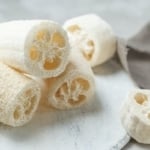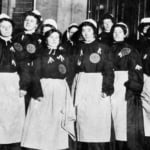7 Great female Inventors And Pioneers You Should Know
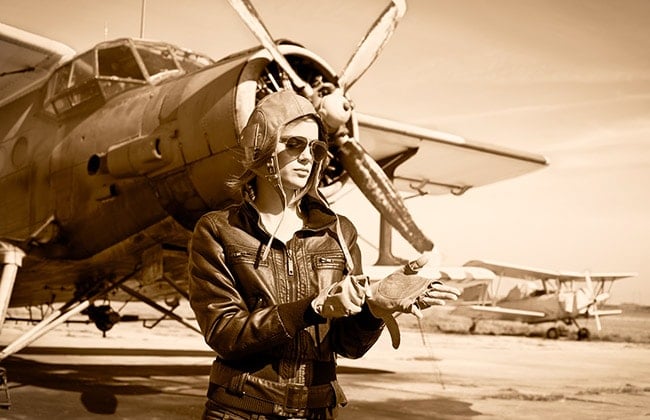
In the era of women’s suffrage, these female inventors and pioneers used their intelligence to improve the quality of our daily lives, keep us safer, and even change the course of history.
Dr. Elizabeth Blackwell (1821—1910)
After being rejected by all the major medical schools in the nation because of her gender, Blackwell was accepted at Geneva College in New York, where she became the first woman in America to receive a medical degree in 1849.
Blackwell established a medical practice in New York, but had difficulty getting enough patients. Along with her sister, who was a doctor, and another female physician, she opened the New York Infirmary for Women and Children in 1857. She added a women’s medical college to train and provide experience for other women physicians in 1867.
Martha Coston (1826—1904)
In spite of receiving no formal education, Coston was an independent inventor and successful businesswoman at Coston Signal Company. Following notes and rough sketches left by her late husband, who was a naval scientist, she developed a system of pyrotechnic night communication that she sold to the US Navy.
The Coston signal flare and code system used bright, long-lasting flares in red, white, and green for ship-to-ship or ship-to-land signaling over great distances. The colored flares made it possible to apply the naval code to communicate letters and numbers through color combinations, which gave the Union a decided advantage in the Civil War. The Coston Signal Company operated until the 1970s.
Margaret E. Knight (1838—1914)
Knight is best known as the female inventor who enabled the production of square-bottom paper bags. When she patented it in 1870, she became one of the first women to receive a patent. She was an avid, mechanically inclined inventor from an early age, having created a safety device to prevent shuttle accidents in textile mills when she was only 12 years old.
Knight went on to hold more than 20 patents for industry-changing inventions as disparate as shields for dresses and skirts and machines for manufacturing shoes.
Helen Blanchard (1840—1922)
Blanchard is the inventor of the zig-zag stitch sewing machine, which she patented in 1873. The zig-zag stitch seals the edges of a seam, making a garment sturdier, and also makes buttonholes.
Her improvements to sewing machines led to industrial growth, because the majority of her inventions were installed in large factories, saving time and money in the commercial sewing industry. One of her machines is in the Smithsonian Museum of American History.
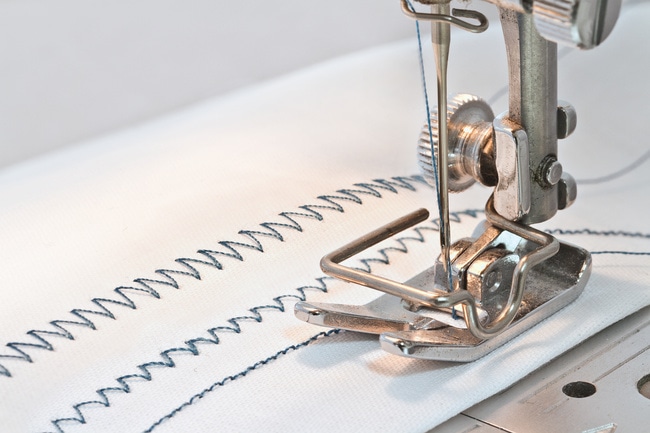
Harriet W. R. Strong (1844—1926)
After her husband committed suicide, Strong was left at age 39 a single mother in charge of four daughters and a 220-acre ranch in San Gabriel Valley in California. To make the ranch profitable, she studied irrigation, horticulture, and commodity crops that could grow on semi-arid land. In 1887, she patented her invention of a system of dams and reservoirs for water storage and flood control.
Strong became known as an irrigation expert and her work in water irrigation and conservation helped to make Southern California into a significant agricultural region. She also developed the market for pampas grass and grew walnuts, eventually becoming the leading commercial grower of walnuts in the US.
Mary Engle Pennington (1872—1952)
Pennington first studied chemistry, receiving a certificate of proficiency in 1892, because at the time, most universities denied degrees to women. She went on to earn a PhD in 1895 from the University of Pennsylvania, which had become one of the few universities in the country to grant such degrees to women. She was only 22.
Unable to find a job after graduation, she formed her own Philadelphia Clinical Laboratory where she performed bacteriological analyses. Early in her career, she educated farmers in the handling of raw milk in order to improve the safety of ice cream sold to school children.
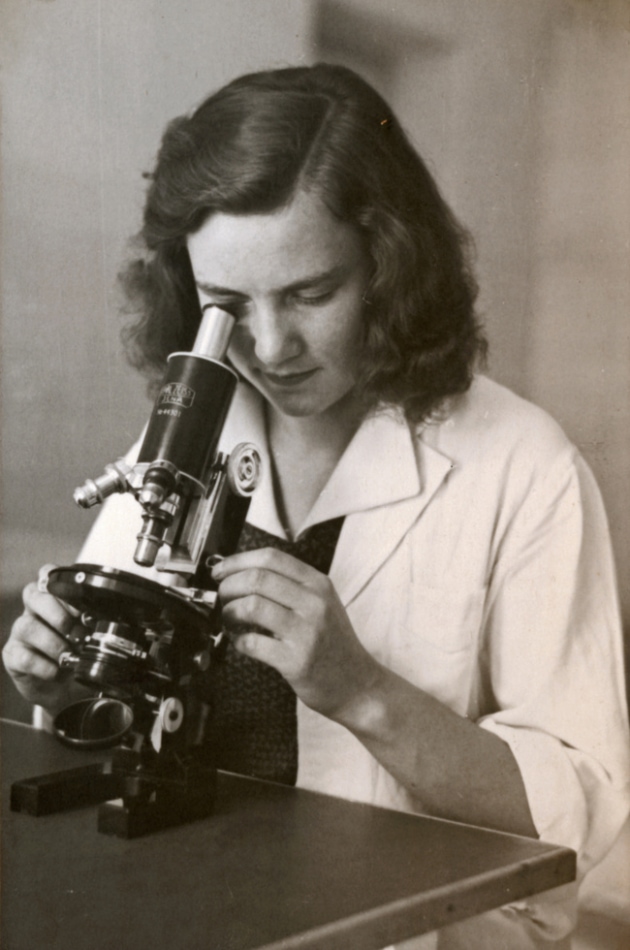
In 1905, Pennington joined what would become the US Food and Drug Administration (FDA), and after the passage of 1906’s Pure Food and Drug Act, she became chief of the Food Research Laboratory, making her the FDA’s first female lab chief. Pennington devoted most of her career to the study of refrigeration and its application to food freshness and safety.
Harriet Quimby (1875—1912)
In 1911, Harriet Quimby became the first woman to get a pilot’s license in the US and the first woman to fly a plane at night. She went on to become the first woman to fly across the English Channel in 1912.
Before becoming a pilot, Quimby was a premier journalist, photographer, and race car driver. She documented her aviation activities in the New York publication, Leslie’s Illustrated Weekly. Her leadership in aviation inspired many women of her day.
Join The Discussion!
Which of these 7 women inspired you the most?
Who is a female inventor or pioneer that you would like to see included here?
Let us know in the comments below.
Related Articles
Female Inventor Of Windshield Wipers
Women Who Fought For The Right To Vote
Farmers’ Almanac Campaigns And Crusades

Jean Grigsby
Jean Grigsby is a writer, who lives on the banks of the Kennebec River in Chelsea, Maine. She enjoys working out, reading, and running her marketing and public relations business, The Write Approach. Her article, Where Are All The Birds? appears in the 2021 Farmers' Almanac.




